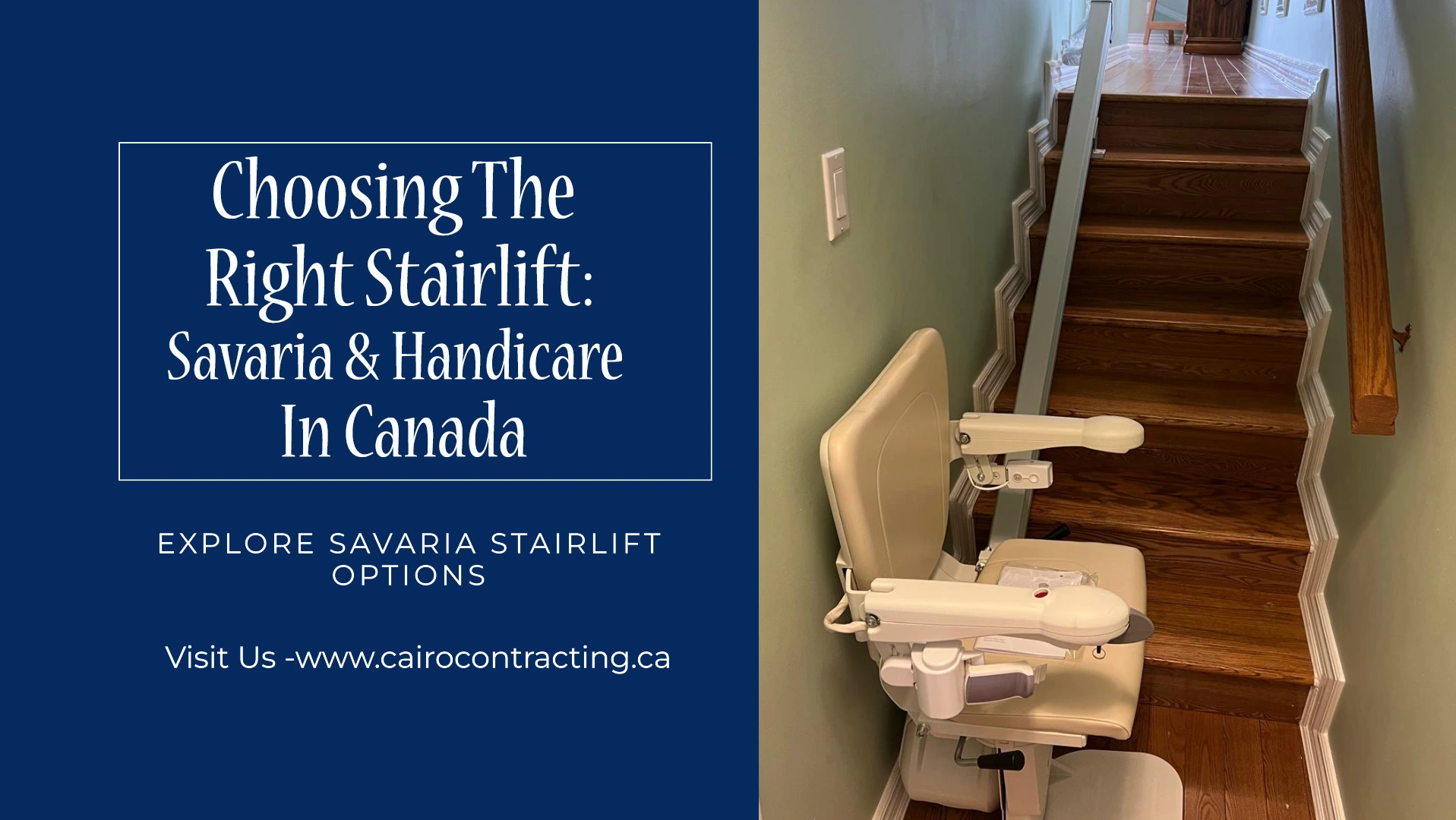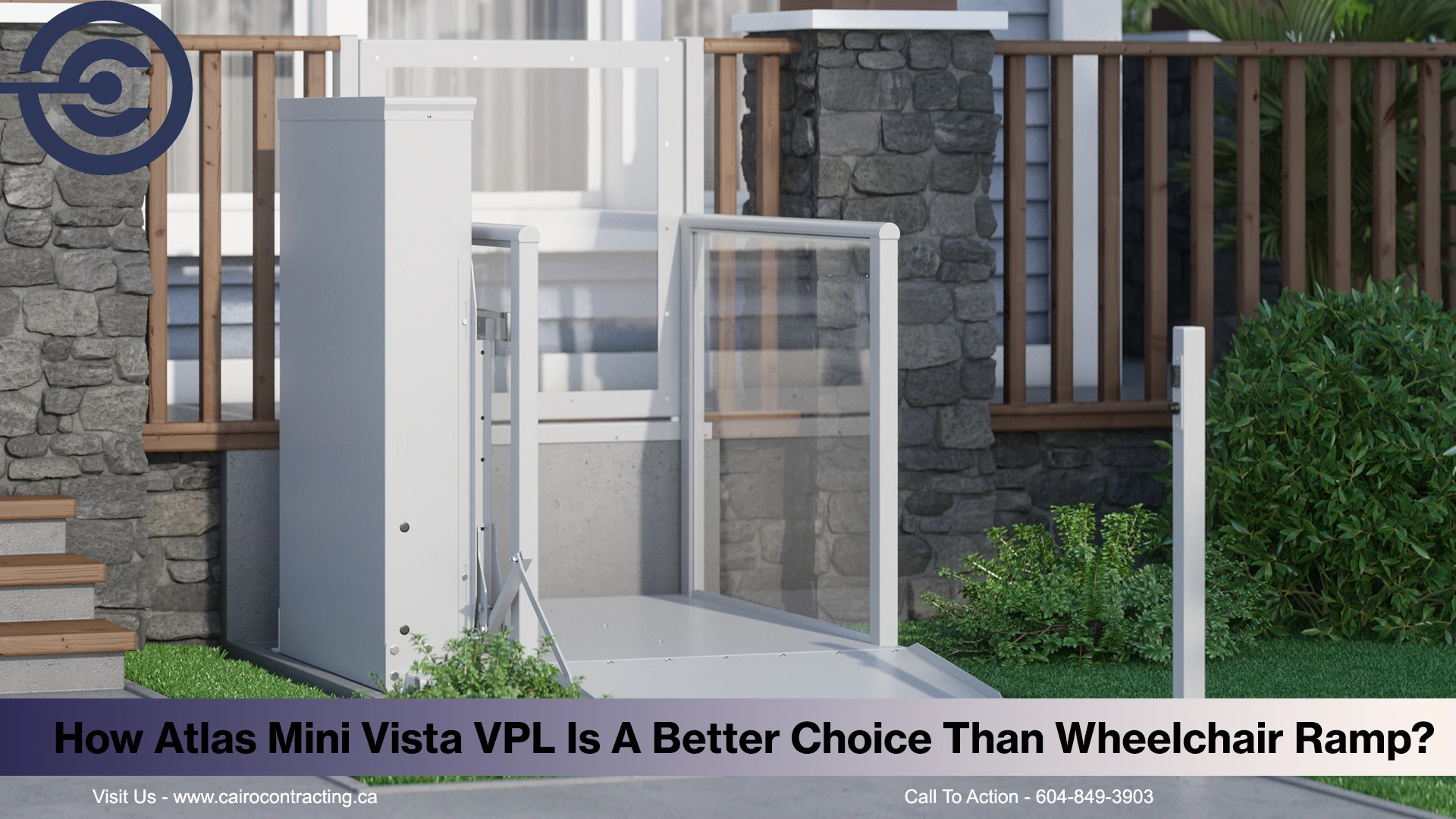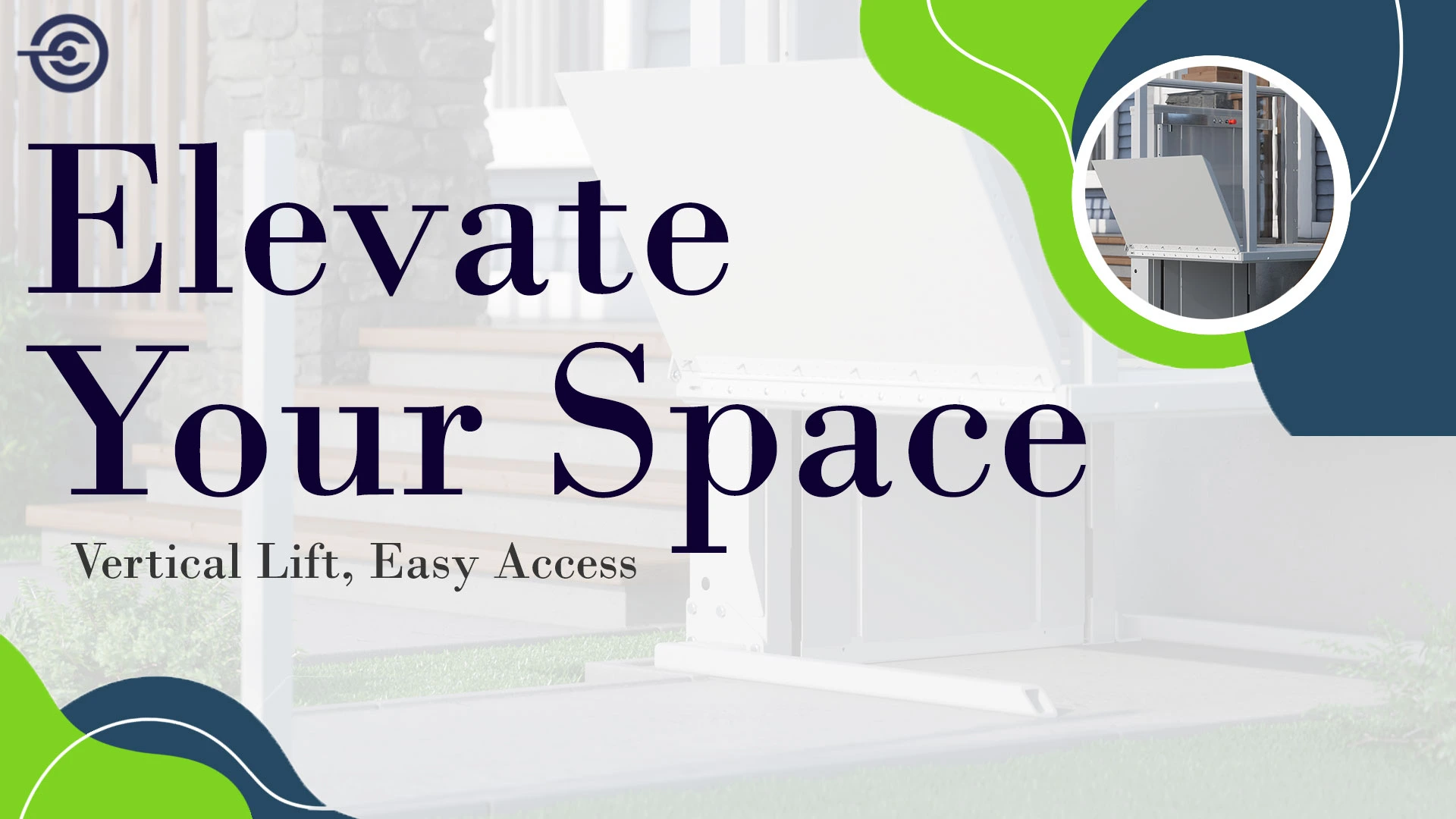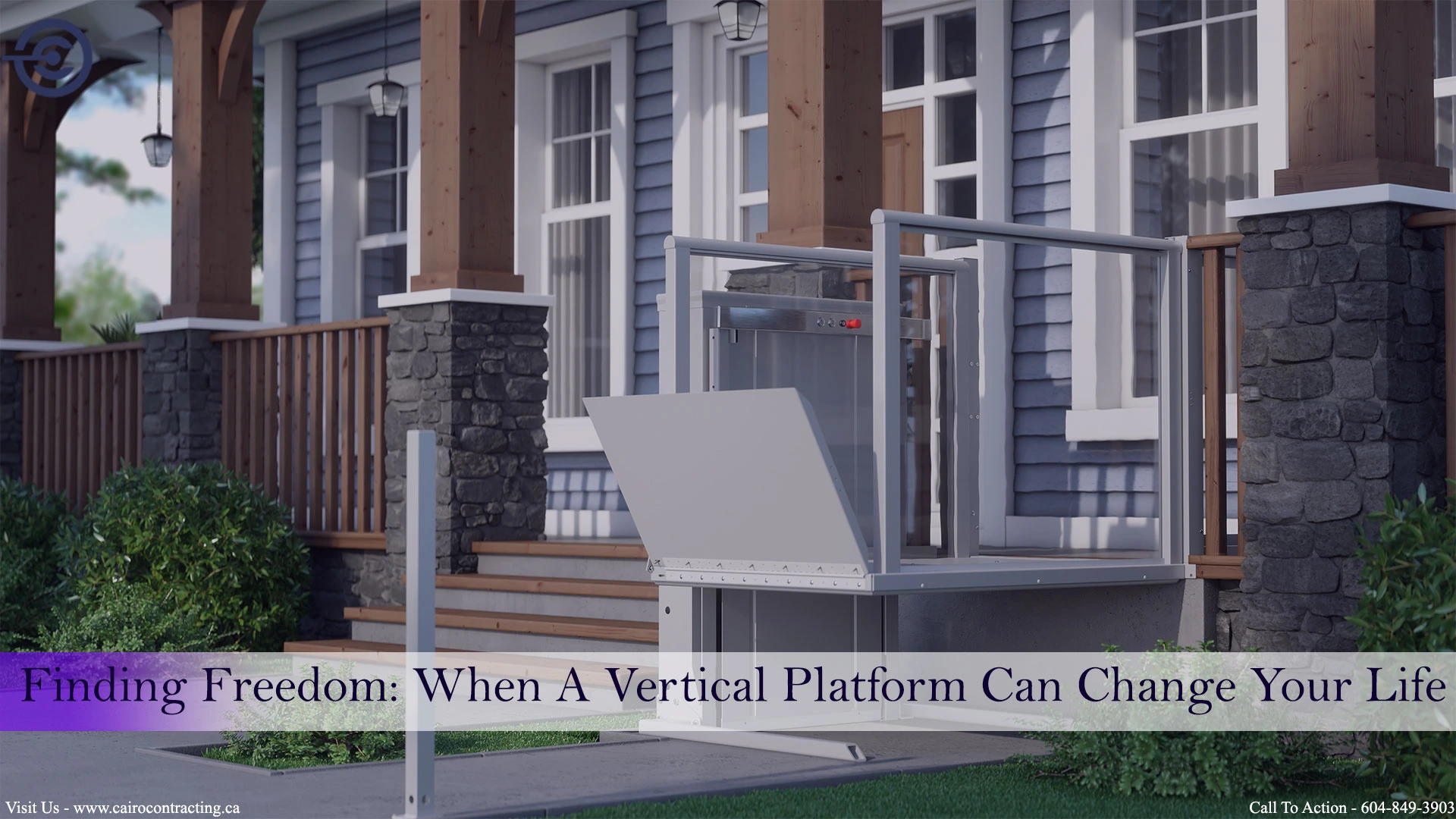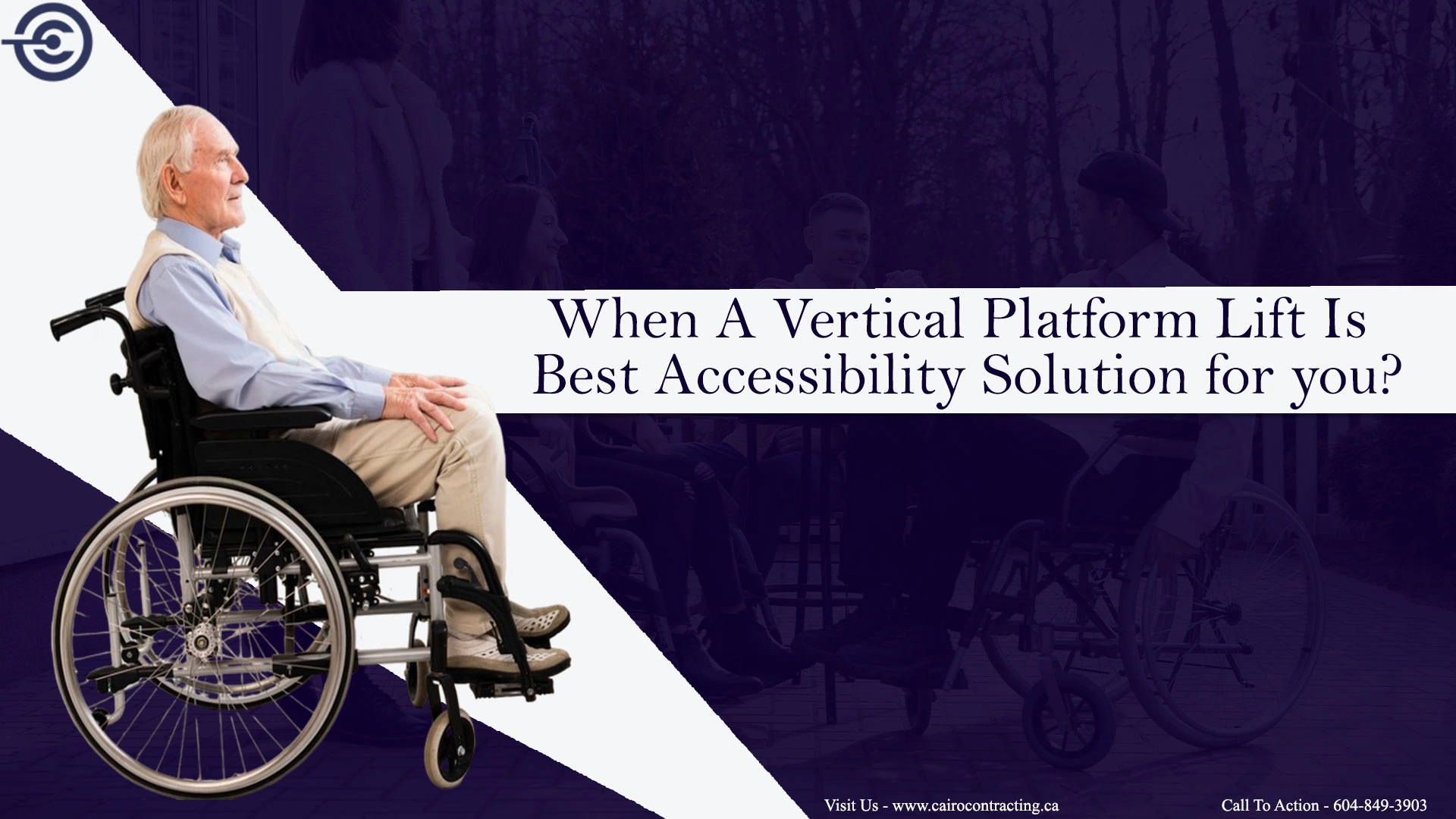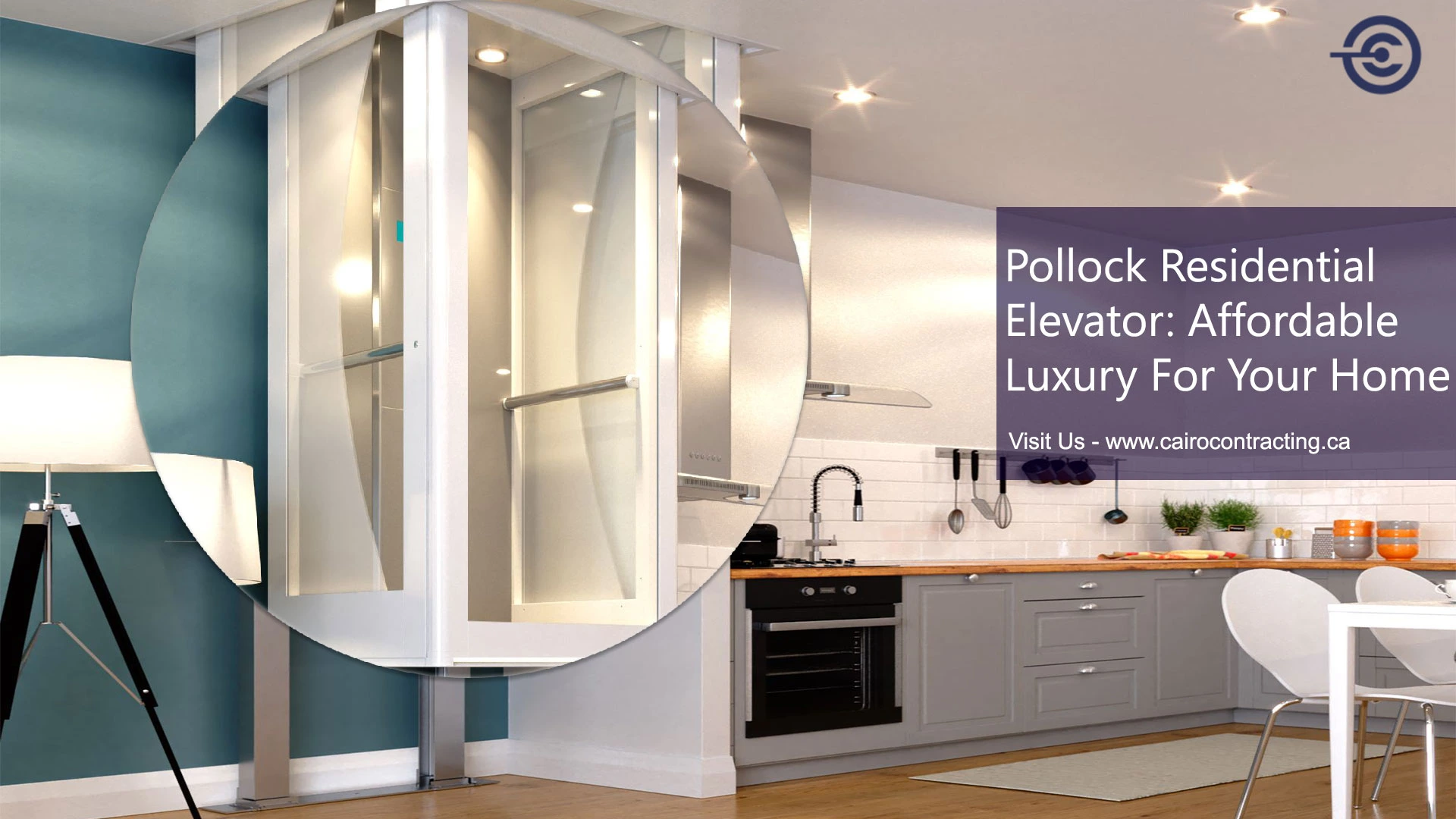When it comes to ensuring accessibility in residential or commercial spaces, both wheelchair ramps and vertical platform lifts (VPLs) are popular options. However, for many situations, a vertical platform lift may offer distinct advantages in terms of space efficiency, convenience, and performance. If you’re considering a VPL as an alternative to a traditional ramp, here are the key features and factors to keep in mind:
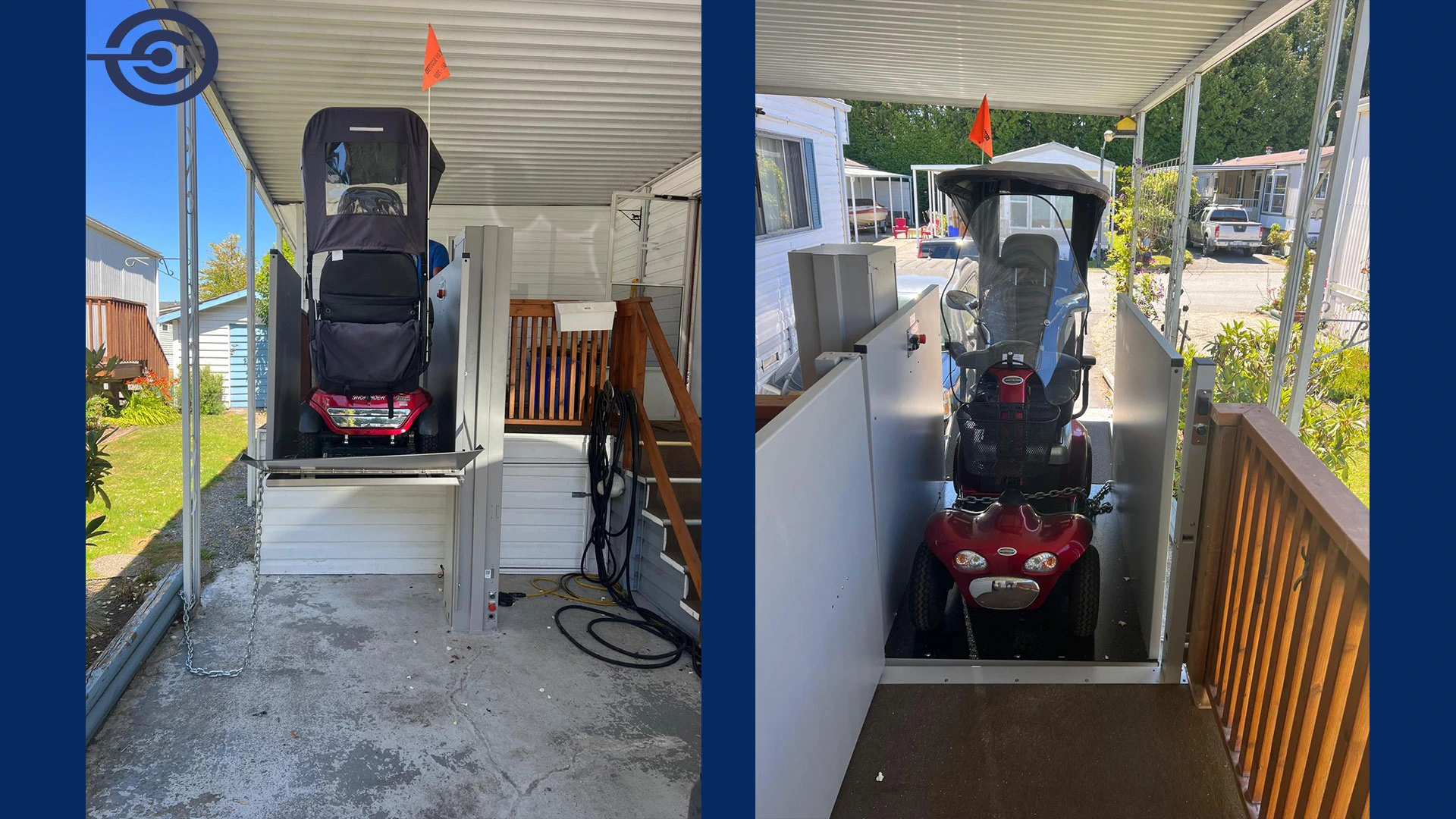
1. Space Requirements
- VPL Advantage: Vertical platform lifts have a compact footprint and require far less horizontal space than ramps.
- Why It Matters: Wheelchair ramps must follow slope regulations (e.g., 1:12 ratio in North America as per ADA guidelines), which means a 30-inch rise would require a 30-foot ramp—often impractical in tight areas.
2. Travel Height
- VPL/ Porch Lift Advantage: Suitable for elevations of up to 14 feet (and sometimes more), making them ideal for porches, stages, decks, or multi-level buildings.
- Why It Matters: Ramps become increasingly cumbersome and space-intensive as elevation height increases.
3. User Convenience
- VPL/ Porch Lift Advantage: Offers powered vertical transport with minimal physical effort.
- Why It Matters: Ideal for users with limited upper-body strength or caregivers who assist with mobility.
4. Safety Features
- Look for:
- Non-slip platforms
- Safety gates and interlocks
- Emergency stop buttons
- Battery backup for power outages
- Why It Matters: Enhanced safety measures protect users during use and emergencies.
5. Weather and Durability
- VPL/ Porch Lift Advantage: Many models are built to withstand outdoor environments with weather-resistant coatings and materials.
- Why It Matters: Ensures long-term reliability and safety in variable climates.
6. Installation and Maintenance
- VPLs/ Porch Lifts typically require professional installation and may need permits in commercial settings.
- Why It Matters: While installation is more complex than a wheelchair ramp, the long-term benefits in space and usability often outweigh this initial step.
7. Cost Considerations
- Initial Cost: VPLs/ Porch Lifts are more expensive up front than most wheelchair ramps.
- Long-Term Value: The improved independence, reduced caregiver strain, and space efficiency often justify the investment.
8. Aesthetics and Integration
- VPL/ Porch Lift Advantage: Can blend into building designs more seamlessly than long wheelchair ramps.
- Why It Matters: Especially important for residential users concerned with curb appeal.
A Vertical Platform Lift is not just an accessibility solution—it’s an investment in mobility, independence, and property efficiency. While wheelchair ramps may be suitable for short rises and ample spaces, VPLs/ Porch Lifts are ideal for tight areas, higher elevations, or users seeking maximum ease and dignity.
Before deciding, consider the specific needs of the user, the layout of the property, and long-term maintenance. Consulting with an accessibility expert like Cairo Contracting can help ensure the right choice for your space.

